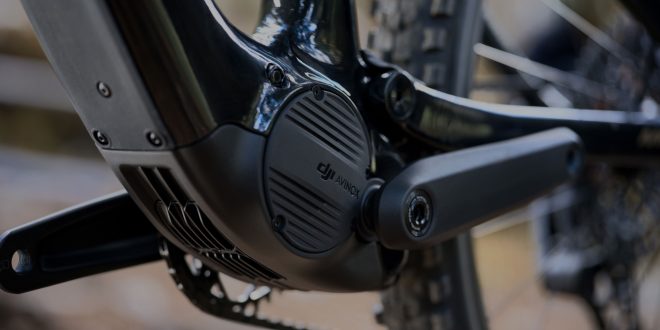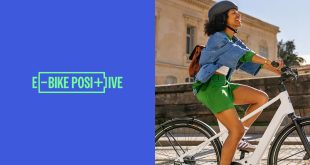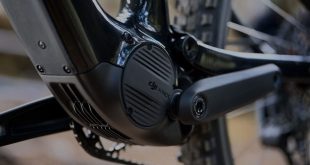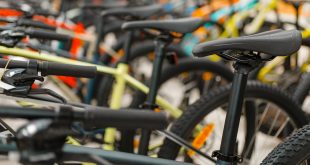Fair to say the past month has been an interesting one in the world of e-bikes.
An industry gathering brought together businesses in the e-bike system space to discuss peak power. DJI took a pause and then responded with a formal press release. And then, at Bike Festival Riva Del Garda, an Italian business – Askoll EVA – introduced a motor with 1200w peak power.
Speaking at the recent Bosch press event which introduced the upgrade for its existing Performance Line CX motor, and launched the new CX Race motor, Claus Fleischer brought attention to the external regulatory sources which shape how an e-bike is power limited.
The highlighted concern: Auto and motorcycle industries have influence here, as well as EU governmental bodies, or those connected to European government.
The wrong focal point, for the right reasons?
What if I said to you that focusing on peak power is a very misdirected point of discussion?
Let’s take this back to the fundamentals, starting with what we already know:
An e-bike, also known as EPAC (Electrically Power Assisted Cycle) or EAPC (Electrically assisted pedal cycle), require riders to turn the pedals, just as a non-assisted bike would.
Early on, it became very apparent that many e-bike riders used motor assist levels more than gears – the phenomenon of cassettes with only 3 or 4 of the sprockets being worn to the point of killing the entire cassette.
Not exactly suggestive of people riding an e-bike like a bicycle.
Now, the solution, I would suggest, to both how e-bikes are ridden and how e-bikes are regulated, is one and the same: Cadence.
Cadence lower-level limits
E-bikes all have a cadence sensor to enable the system to work.
Bosch, and others in the e-bike sector, all have sophisticated software to make the system better than ever. Hell, Bosch even has electronic (software based) traction control.
Setting a cadence lower-level limit means the motor doesn’t cut in unless riders are at or above this limit. This means riders must use gears fully, just as needed when riding a non-assisted ‘analogue’ or ‘acoustic’ bike.
Using arbitrary numbers here to demonstrate the point:
- Commuting and cargo bikes – Cadence of 30 and above sees the motor cut in
- Mountain bikes – Cadence of 40 and above, and the motor cuts in
- Gravel bikes – Cadence of 55 and above, and the motor cuts in
- Road bikes – Cadence of 65 and above, and the motor cuts in
The focal point is riders turning pedals, which means, in anyone’s language, this is a bicycle, first and last.
No motorcycle or auto industry body, no lobby group, no governmental association or department can dispute it. The defining characteristic is that a bicycle is powered by pedals turning under human power, first, foremost, and last – it is an absolute requirement.
For cycling as transport-focused products, the barrier of ‘learning to use gears effectively’ has already been overcome. Hub geared solutions exist which already have a fully automatic or semi-automatic gearing system. This is the start, not the end, of these developments.
It’s really not about peak power.
And this is why I say that the current peak power angst is a massive, misleading, headline-grabbing, polarising, and unhelpful conversation.
- It signposts to external actors that we don’t understand our own world. Pedalling is what makes an e-bike an e-bike.
- No amount of peak power is going to confuse an eMoped with an e-bike.
- Even speed pedelecs have pedals, needing the rider to pedal to engage the motor.
So when a Chinese (DJI) and Italian (Askoll EVA) brand introduce motors with heady peak power figures, and Bosch takes a defensive stance, implying external limits govern the power of e-bikes, whilst also suggesting its own app can adjust speed limits, we are, as an industry, massively missing the point (IMHO).
Cadence. Cadence. Cadence.
Make cadence the core requirement of accessing assistance, and nobody can tell us, as an industry, that there is any, even remote, confusion or concern about what is and is not an e-bike.
But what about the impact of high-power eMTB in shared-use spaces and on MTB trails?
Now, damage to trails, and access to land – that’s another very different, but related, conversation. Just ask anyone who used or uses a motorbike to go green laning in the UK about how that’s been going.
Irresponsible users who can’t/don’t/won’t consider the impact of their behaviour on others exist in all walks of life.
You’ve met them in bike shops, as the customer who tells you they’ll only buy the e-bike from you if you chip it for them (or fit the chip kit they bought online)…. We’d like to believe these people represent a small, but highly vocal and, as a result, highly visible, minority – who risk ruining e-bikes for the vast majority.
 BikeBiz Bicycle and cycling retail news
BikeBiz Bicycle and cycling retail news




